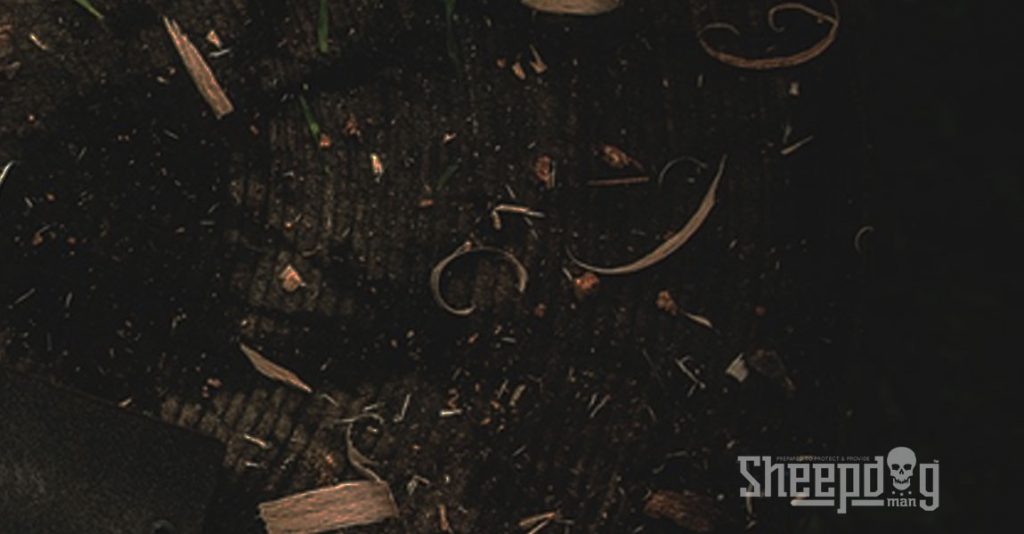Preps You Didn’t Know You Have to Inspect
Everyone knows to inspect their food stockpile. Some even have can-rotator systems in place to optimize the process and reduce the risk of food spoilage. But did you know that there are other survival items that need your attention?
In what follows, I’m going to quickly cover some of the things you’re probably NOT reviewing every six months or a year, or whenever you do your inspection. We’re going to go beyond cans of food, your bags of beans and your water barrels.
The Items inside Your BOV’s Trunk
Many focus on their bug out bag but completely forget the items kept in their bug out vehicle. Cars’ trunks tend to get very hot during summer, thus decreasing the shelf life.
Keep in mind that those trail mix packs you threw into the trunk have an expiration date, but that date is affected by high temperatures and temperature variations. You should rotate (consume) these foods before they’re said to expire just to be on the safe side.
Your Bleach Supply
If you’ve been stockpiling bleach to purify water post-collapse, you have to inspect it at least every six months. Why? Because six months is the actual shelf life of this substance, after which it starts to lose its potency.
There are better ways to kill bacteria and pathogens in water, but if you’re using a lot of bleach anyway, remember to replace it often.
Your Basement or Root Cellar
I’m not talking about just your food, but the actual room. Look for signs of humidity, mold, ants and other things that may damage your stockpile. Even if all your food is nicely wrapped up in Mylar or zipper bags, you still need to make sure the room is in perfect condition. Also, check that the temperature is optimal because it’s critical in prolonging shelf life.
Your Bushcraft Knife
Whether you’ll bug in or out, whether you’ll survive in the wilderness, at home or your bug out location, your survival knife is your best and most trusted friend. For this reason, you need to make sure it’s in tip-top shape.
You should do this after every use, nevertheless, when you inspect your other gear, be sure to:
- Check the blade and handle for dirt and stains and, if you find any, clean it thoroughly. Use warm water, some liquid dishwater detergent, and a scrub. Use a dry cloth to dry it, and make sure to remove any moisture in the area where the blade meets the handle.
- If you have rust, you may want to use a natural abrasive to remove it.
- Sharpen the blade using the known materials and techniques (that are beyond the scope of this article, unfortunately). If the blade has tiny chips on it, possibly due to poor maintenance, you might want to have a professional sharpen it for you (and remove them).
- Fix the tip or replace the handle if necessary.
Your EDC Items
Just because they’re for everyday use, that doesn’t mean you use these items every single day. When was the last time you used your credit card knife or your Fresnel lens to start a fire?
Since your EDC is the most important layer of preps for survival and personal protection, you should give it the most thought and focus.
Your Rainwater Harvesting System
If you rely on rainwater for your SHTF supply, I suggest you keep a close eye on your harvesting system. Screen filters and first flush diverters can get clogged, meaning you’ll not only lose some of the water, but you’ll also end up with water that’s full of heavy metals and pathogens.
Your Survival Plans
Indeed, whatever plans you made for bug in, bug out and get home scenarios, they can be improved. Plus, it’s likely that some roads are under construction or may even have closed in the meantime.
I would look over whatever plans you made and try to:
- figure out alternative routes to get home or to bug out
- make plans in case one of you gets lost and cannot get into contact with the others
- make plans for your dog or cat, if you haven’t done so until now
- locate land to build your bug out retreat (this would take a lot of time as you’d have many properties to look at, but you can do the initial research online)
Wrap-Up
As you can see, the things discussed above are not that hard to inspect. In fact, they probably won’t take more than an extra hour of your time, and you can improve on that time the second time you do it.
Are there any other survival items you inspect that most people don’t? Tell us in a comment below.
Guest post from Dan Sullivan of SurvivalSullivan.com.

